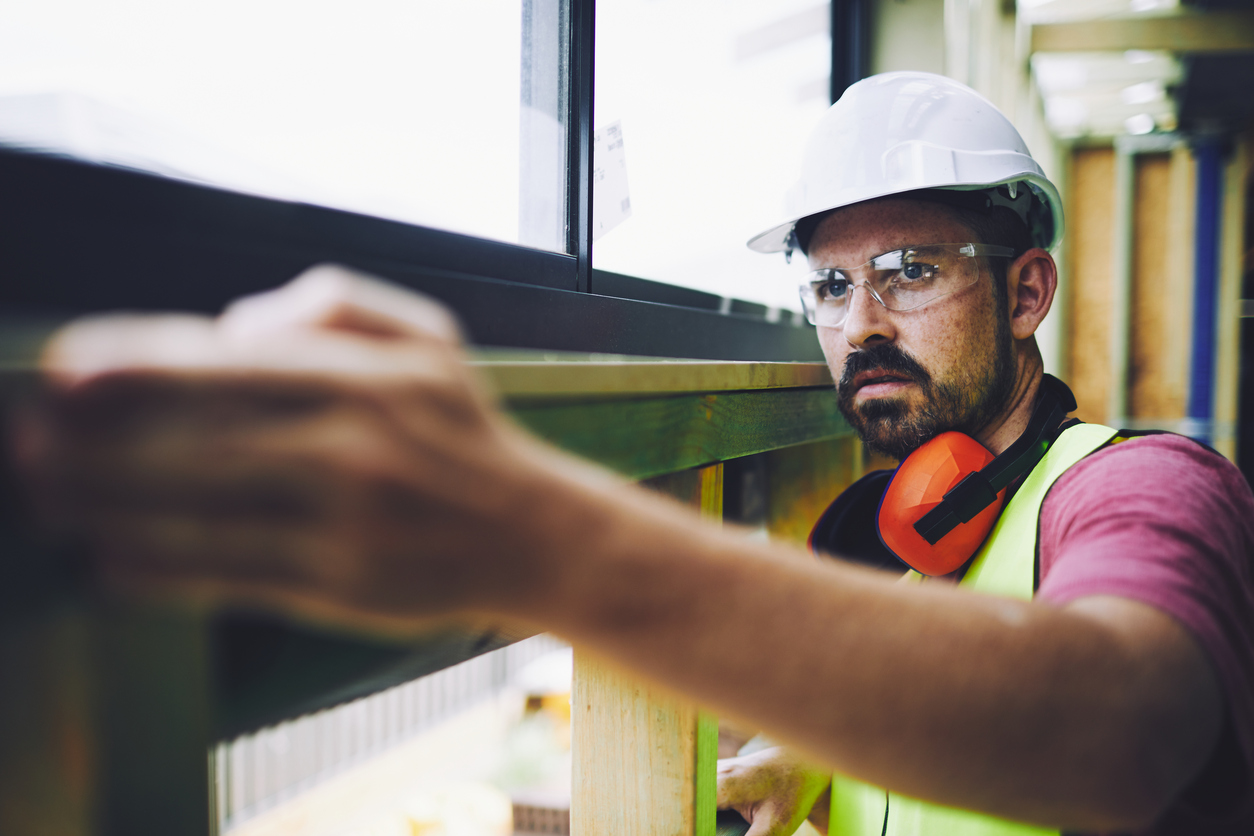 Mass-timber products
Mass-timber products Wood is having a moment in the sun. Able to sequester carbon, rather than producing it, wood is a sustainable option in an era of building codes that increasingly demand greener buildings. Thanks to mass timber building components making wood more adaptable, wood buildings can go up faster, be as strong as steel and much lighter too. Now with high rise buildings on the table, wood is enjoying unprecedented appeal.
The recycling push in the 90’s coupled with increasing internet use caused the world to vastly reduce its paper consumption. But what to do with all those manmade forests? Gerhard Schickhofer, a professor of engineering, pioneered the idea of using layers of wood, at right angles to their neighbors, bonded with glue to form Cross-laminated Timber (CLT). What Schickhofer discovered was a new building material that was strong, durable and insulated against inclement weather and sound. The factory conditions these panels were created in made for precision and quality. The panels could be used for flooring, walls, roofs and even stair and lift shafts because they were strong and lightweight.
CLT enthusiast, Andrew Waugh of Waugh Thistleton Architects, goes a step further, saying mass-timber products aren’t just as good as concrete, but that they are even better. Waugh Thistleton designed and constructed a nine-storey building in Murray Grove, North London in just 27 days. Not only are building times shorter, but you also have building sites that are quieter, less disruptive and less wasteful. Only a fifth of the delivery trucks required for concrete buildings are needed to deliver mass-timber products, further reducing the impact on the environment and the neighborhood.
One of the biggest plusses for wood is that it is renewable and sustainable. Every ton of cement creates a ton of carbon during the manufacturing process while every ton of wood removes two tons of carbon from the atmosphere.
“If you had to invent a machine,” says Waugh, “which gives you a renewable supply of building materials while also reducing carbon levels, it would be a tree.” Natural building materials like wood have a profound impact on building inhabitants too, reducing stress, lowering heart rates, calming children in schools and even helping the sick to heal in hospitals.
Since wood is renewable, eco-friendly, and reduces building time and waste, the use of CLT has increased from 2,000 cubic meters in 2003 to over a million cubic meters this year.
Architect Michael Green is also a proponent of wood as the building material of choice. He has proven that wood is the first new way to build a skyscraper in 100 years and the only one which makes sense. Green completed T3, a seven-story building in the North Loop neighborhood in Minneapolis. From Green’s company: “T3 is currently the largest completed mass timber building in the US. The design objective for T3 was to build on the character of the past with a modern perspective. With changing building codes throughout North America, tall wood buildings will become more common. A pioneer in this building type, T3 has broken new ground and is perhaps a prototype for future commercial mass timber buildings.”
Green and others of his ilk agree that the biggest impediment for wood construction is miseducation. Architects and designers need to be heavily involved in the design process as mass-timber elements are designed and built in the factory from plans. This evolution is being bolstered by a lack of affordable housing and the construction labor crisis. Green is hoping a revolution is at hand. One to which, he says, Mother Nature holds the patent.
If you want to learn more, see Michael Green at the upcoming Industrialized Wood-Based Construction Conference in October.


